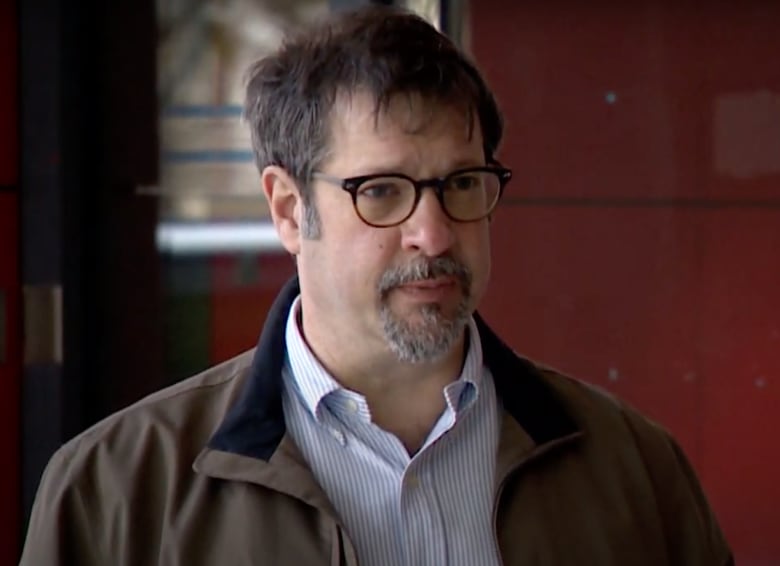Epidemiologist warns ventilation strategy for N.B. schools not good enough
Colin Furness would like to see Public Health add HEPA filters as well as upgrading systems

As the school year officially begins this week, and respiratory diseases like COVID-19 and whooping cough circulate, one epidemiologist says the province's strategy for ventilation in schools needs to be better.
Colin Furness, an infection control epidemiologist and associate professor at the University of Toronto, said the province has been "chipping away" at the ventilation issue in schools for four years.
"The issue I have with New Brunswick is they have decided their threshold for safety is actually not a safe threshold at all," Furness told Information Morning Fredericton.
The province currently only tests air quality in schools that see CO2 levels of 1,500 parts per million, or ppm, or higher.

Most recent testing, from the 2022-23 school year, showed 29 out of 35 of the public schools tested had peak CO2 levels above that threshold.
"I really want schools to be safe rather than just having ventilation, and that's measured by how much carbon dioxide in the air is permissible," he said.
"That's a proxy for how much air you just exhaled that was inhaled by somebody else."
Furness said the province's threshold should be at 1,000 ppm at most, but the goal should be 800.
Post-pandemic progress
In response to the COVID-19 pandemic, the Department of Education and Early Childhood Development created a working group on ventilation in schools, according to the department's website.
This group found 66 schools in the province that did not have adequate integrated mechanical ventilation systems in place in 2020 and has been making investments into ventilation systems since.
WorkSafeNB says CO2 levels below 5,000 ppm, over an eight-hourweighted average, donot pose health risks.
Projects underway, says province
Erika Jutras, a spokesperson for the Department of Education, told CBC News in an emailed statement that the departmenthas installed 14 mechanical ventilation systems since 2020, and 15 projects are underway and expected to be completd by next summer.
"Despite continued labour and supply challenges, the program is on track to have the remaining schools equipped with mechanical ventilation systems by the end of 2026," said Jutras.
Furness said New Brunswick is ahead in respect to ventilation upgrades over some other provinces.
"It's actually commendable. It may be a little slower than I would like to see, but it is recognizing there is a problem," he said.
Inadequate ventilation is not an issue isolated to New Brunswick, said Furness. Schools across the country do not receive the funding required for these kinds of equipment upgrades.

In the meantime, he said teachers can open windows to improvethe air quality in classrooms.
He said students should wear a mask while riding the school bus.But asking a child to wear a mask all day is becoming more difficult and is a "big ask," as the social norms around wearing them shift.
Furness would like to see Public Health commit to adding HEPA high-efficiency particulatefiltersto schools in addition toupgrading ventilation systems.
With files from Information Morning Moncton, Information Morning Fredericton












_(720p).jpg)


 OFFICIAL HD MUSIC VIDEO.jpg)
.jpg)



























































































